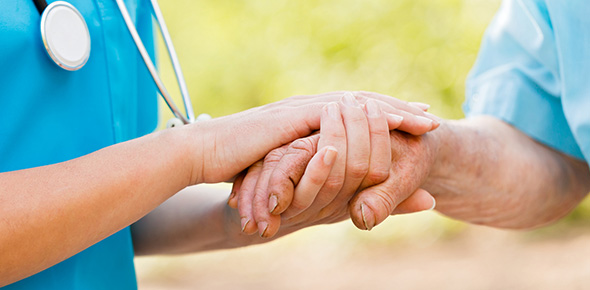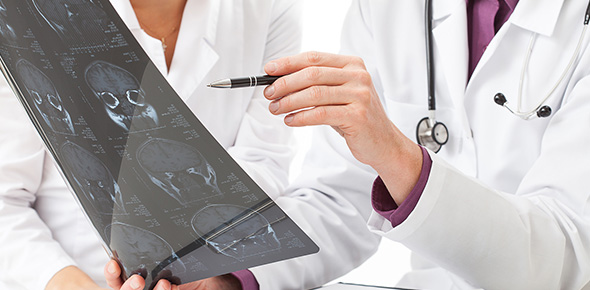Related Flashcards
Related Topics
Cards In This Set
| Front | Back |
|
Antiseptics:
|
reduces the number
of microorganisms on the skin.
|
|
Autoclaving:
|
an appliance to
sterilize instruments or materials with steam at high temperature and pressure.
|
|
Culture:
|
Growth of
microorganisms on a specific nutritious medium in a laboratory.
|
|
Disinfectants:
|
A chemical that may
destroy or inhibit the growth and reproduction of microorganisms.
|
|
Endemic:
|
A disease that is
always present in a specific region.
|
|
Fimbriae:
|
A hair-like
projection on some bacteria.
|
|
Leukocytosis:
|
an above normal
number of leukocytes (WBCs) in the blood.
|
|
Lymphadenopathy:
|
A disease affecting
the lymph nodes.
|
|
Monocytosis:
|
An abnormal increase
of monocytes in the blood, occurring in infectious mononucleosis and certain
bacterial infections such as tuberculosis.
|
|
Mutation:
|
A change in the
genetic makeup (DNA) of a cell, which will be inherited.
|
|
Neutropenia:
|
a deficit of
neutrophilsin the blood.
|
|
Nososcomial:
|
An infection
acquired while hospitalized.
|
|
Obligate:
|
Able to exist or
survive only in a particular environment or by assuming a particular role.
|
|
Parasite:
|
An organism that
lives on or in another living organism.
|
|
Pathogens:
|
A disease-causing
microorganism.
|







